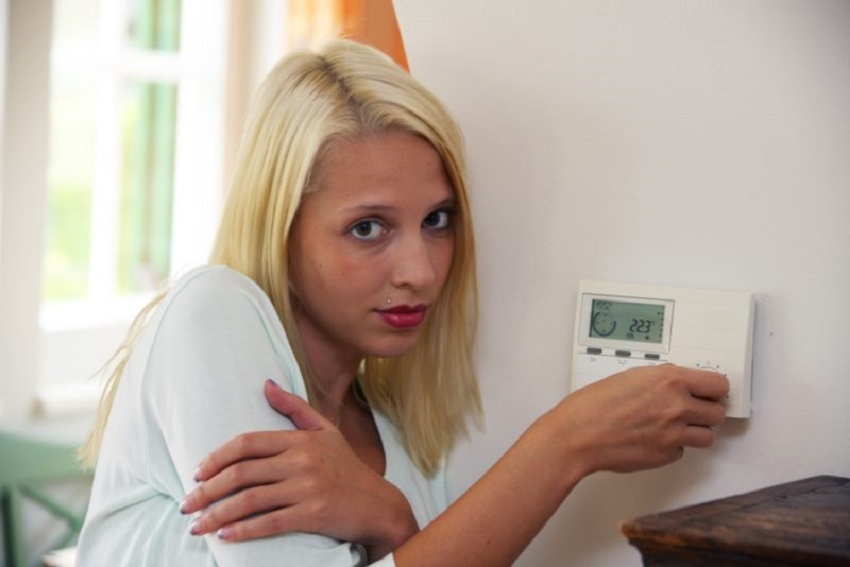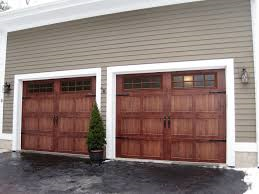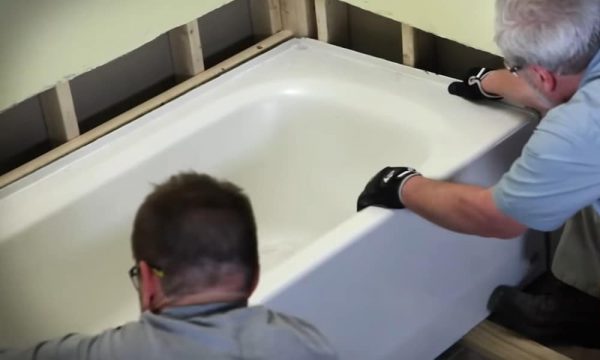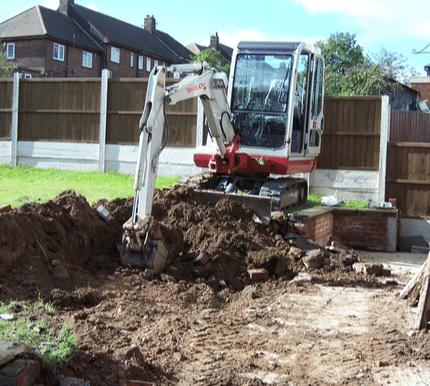When you expect warm and cozy temperatures, cold air from your central heating system can be frustrating and uncomfortable. As a homeowner, it’s important to understand why this may be happening and how to resolve the issue. In this article, we will delve into why is my central heat blowing cold air.
A properly functioning central heating system is essential for maintaining a comfortable environment in your home, especially during the colder months. However, encountering the issue of your central heat blowing cold air can leave you scratching your head in confusion. Let’s explore the potential reasons behind this problem and discover the solutions to restore warmth to your living spaces.
Understanding Central Heating Systems
Before diving into why your central heat may be blowing cold air, let’s take a moment to understand how central heating systems operate. This knowledge will help us pinpoint the potential causes of the problem and find appropriate solutions.
How central heating systems work
Central heating systems generate heat at a central location and distribute it throughout your home’s various rooms. This is typically achieved through a furnace or a boiler, which serves as the heat source. The heat is then circulated through a network of ducts or pipes, reaching each room’s radiators, baseboard heaters, or vents.
Common types of central heating systems
Several common types of central heating systems include forced air, hydronic or hot water, and steam systems. Forced air systems use ductwork and blowers to distribute heated air, while hydronic systems rely on hot water or steam. Each system has its own set of components and potential issues to consider.
Components of a central heating system
To better understand the reasons behind your central heat blowing cold air, it’s essential to be familiar with the key components of a central heating system. These components include:
- Thermostat: The thermostat controls the temperature settings and signals the heating system to turn on or off based on the desired temperature.
- Furnace or boiler: The furnace or boiler is responsible for generating heat that will be distributed throughout your home.
- Ductwork or pipes: Ductwork carries heated air, while pipes transport hot water or steam to the various heating outlets.
- Radiators, baseboard heaters, or vents: These outlets release heat into each room, providing warmth.
Why is My Central Heat Blowing Cold Air?
Now that we have a foundational understanding of central heating systems. Let’s explore the potential causes of why your central heat may be blowing cold air.
Thermostat issues
One possible reason for cold air from your central heating system is thermostat issues. The thermostat may be set too low, preventing the heat from activating. Alternatively, there may be a malfunction in the thermostat itself, such as a faulty sensor or wiring problem.
Airflow problems
Insufficient airflow can also lead to cold air blowing from your central heating system. Clogged or dirty air filters can restrict the flow of heated air, reducing its temperature as it reaches the vents. Additionally, blocked or closed air registers can impede proper airflow, causing cold spots in your home.
Pilot light or ignition issues
If your central heat is powered by gas, it relies on a pilot light or an ignition system to initiate the heating process. If the pilot light goes out or the ignition system malfunctions, the heat source will not ignite, blowing cold air through the vents.
Heating element problems
The heating element is crucial in generating warmth in electric central heating systems. If the heating element is faulty or damaged, it may not produce sufficient heat, leading to cold air being circulated.
Ductwork issues
The ductwork in your central heating system delivers heated air to each room. However, if there are leaks, gaps, or disconnections in the ductwork, the warm air can escape before reaching its destination. This can result in cold air being blown instead.
Maintenance and cleanliness
Lack of regular maintenance and cleanliness can also contribute to your central heat blowing cold air. Accumulated dust, debris, or blockages in the heating system can hinder its efficiency and prevent the proper distribution of warm air.
Troubleshooting Steps
Now that we have identified some potential causes. Let’s discuss the troubleshooting steps you can take to resolve the issue of your central heat blowing cold air.
Check the thermostat settings
Start by checking the thermostat settings to ensure they are correctly configured. Adjust the temperature settings to a comfortable level and ensure the thermostat is set to “heat” mode. If the thermostat is battery-powered, replace the batteries to rule out any power-related issues.
Ensure proper airflow
Inspect the air filters in your central heating system and replace them if they are dirty or clogged. Clean or vacuum any dust or debris around the air registers to promote unobstructed airflow. Ensure all air registers in your home are open and not blocked by furniture or other objects.
Check the pilot light or ignition system
Check the pilot light or ignition system if your central heating system is gas-powered. Follow the manufacturer’s instructions to relight the pilot light if it has gone out. If the pilot light remains lit, but the heat is still not produced, contact a professional to inspect the ignition system.
Inspect the heating element
For electric central heating systems, examine the heating element for any signs of damage or malfunction. It may need to be replaced if you notice any issues, such as a burnt-out element. Contact a professional to assess and repair the heating element if necessary.
Examine the ductwork
Inspect the ductwork for any visible leaks, gaps, or disconnections. Seal any leaks using duct tape or call a professional to address more complex ductwork issues. Properly insulated and sealed ducts will help ensure warm air reaches its intended destination.
Perform regular maintenance and cleaning
Establish a routine maintenance schedule to prevent future issues with your central heating system. This includes regularly cleaning or replacing air filters, clearing debris around the heating system, and scheduling professional inspections and cleanings as the manufacturer recommends.
When to Call a Professional
While troubleshooting steps can help address minor issues, there are certain situations where it is best to seek professional assistance.
DIY vs. professional assistance
As a homeowner, knowing when to tackle a problem yourself and when to call a professional is important. Simple maintenance tasks, such as replacing air filters or cleaning air registers, can often be handled independently. However, if you are unsure about the cause or if the troubleshooting steps do not resolve the problem, it is advisable to seek professional help.
Signs it’s time to call a professional
Consider contacting a professional HVAC technician if you encounter any of the following signs:
- The issue persists despite troubleshooting steps.
- You are unable to identify the cause of the problem.
- Unusual odors or strange noises are coming from the central heating system.
- You have concerns about the safety or efficiency of your heating system.
A trained professional can accurately diagnose the problem, perform necessary repairs, and provide recommendations to ensure the optimal performance of your central heating system.
Conclusion
Experiencing cold air blowing from your central heating system can be frustrating, especially when you expect warmth and comfort in your home. By understanding the potential causes of this issue and following the troubleshooting steps outlined in this article, you can take proactive measures to resolve the problem and restore the cozy ambiance of your living spaces.
Remember to perform regular maintenance, such as replacing air filters and scheduling professional inspections, to prevent future issues with your central heating system. You can enjoy a consistently warm and comfortable home environment by addressing problems promptly and seeking professional help when needed.





